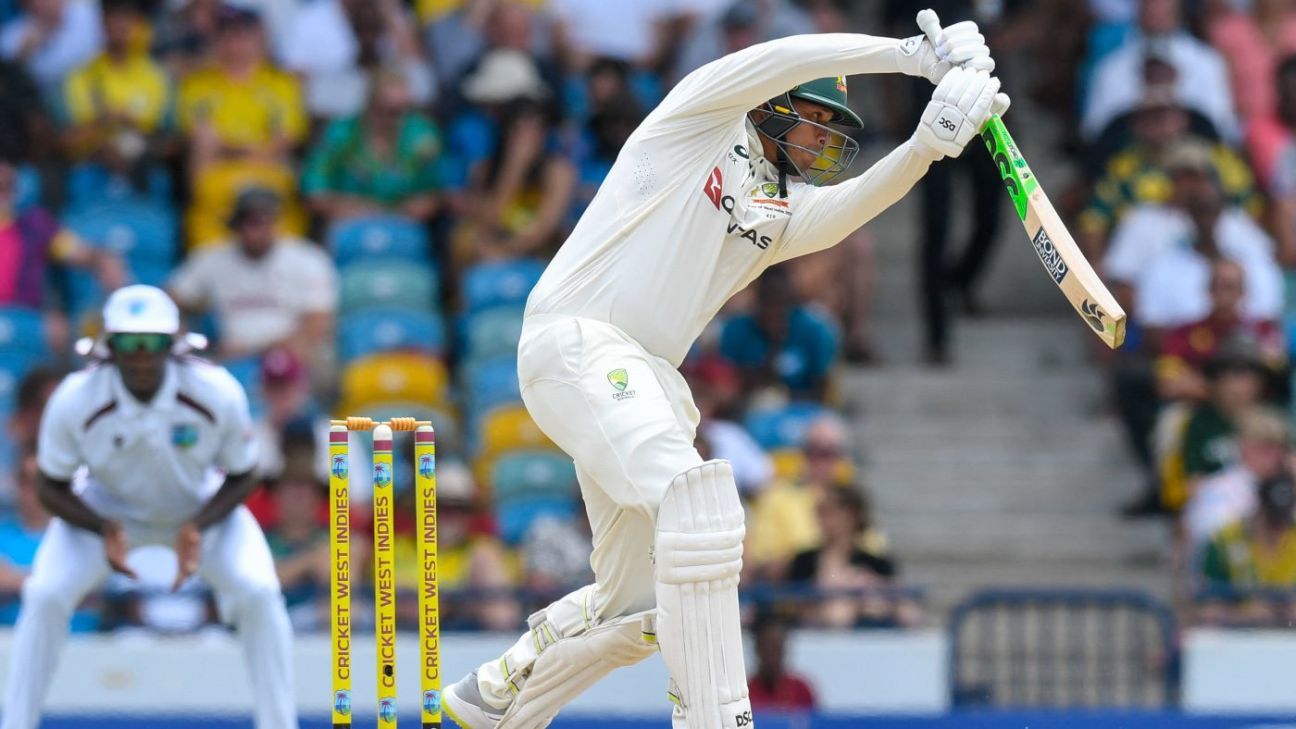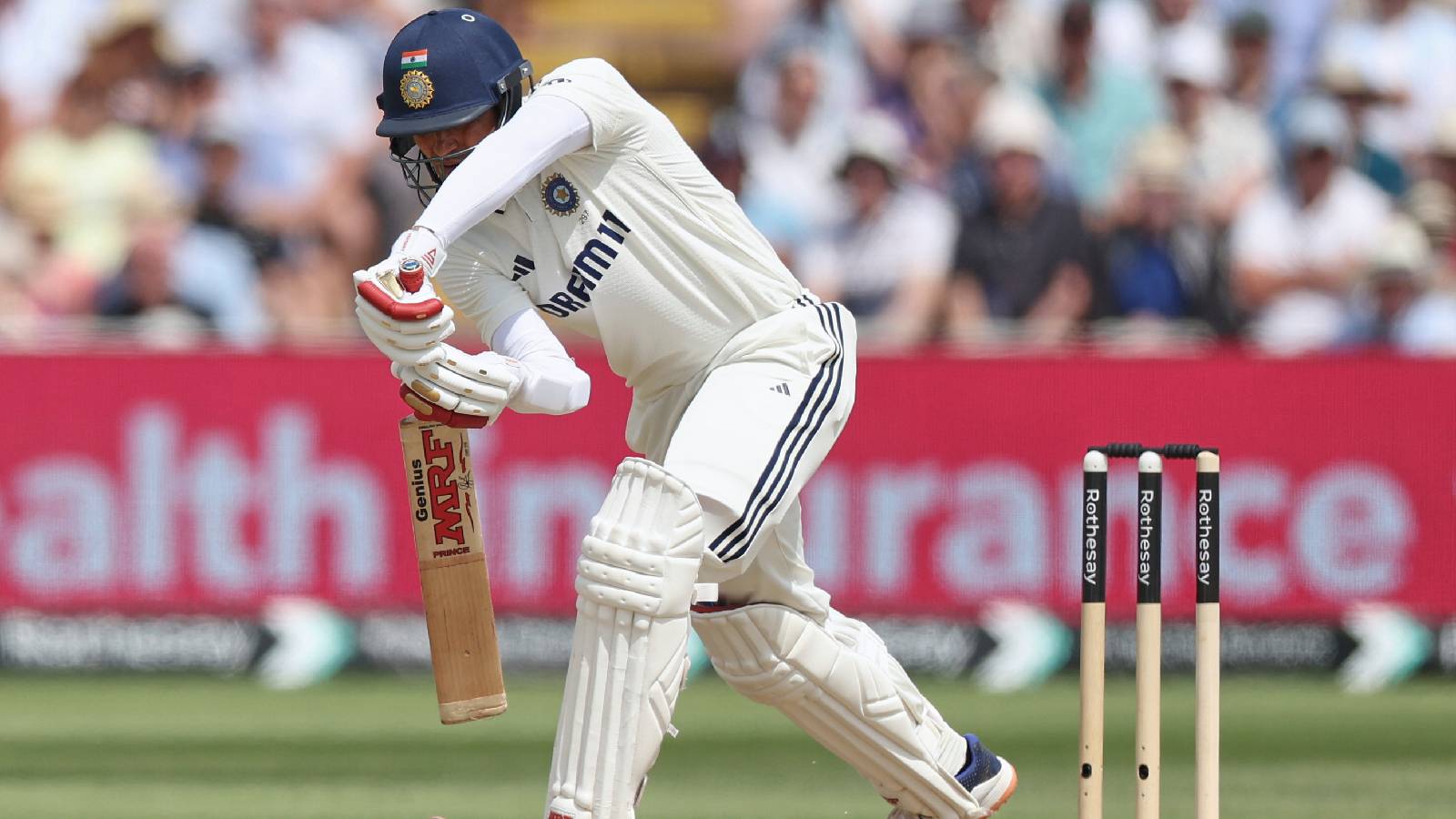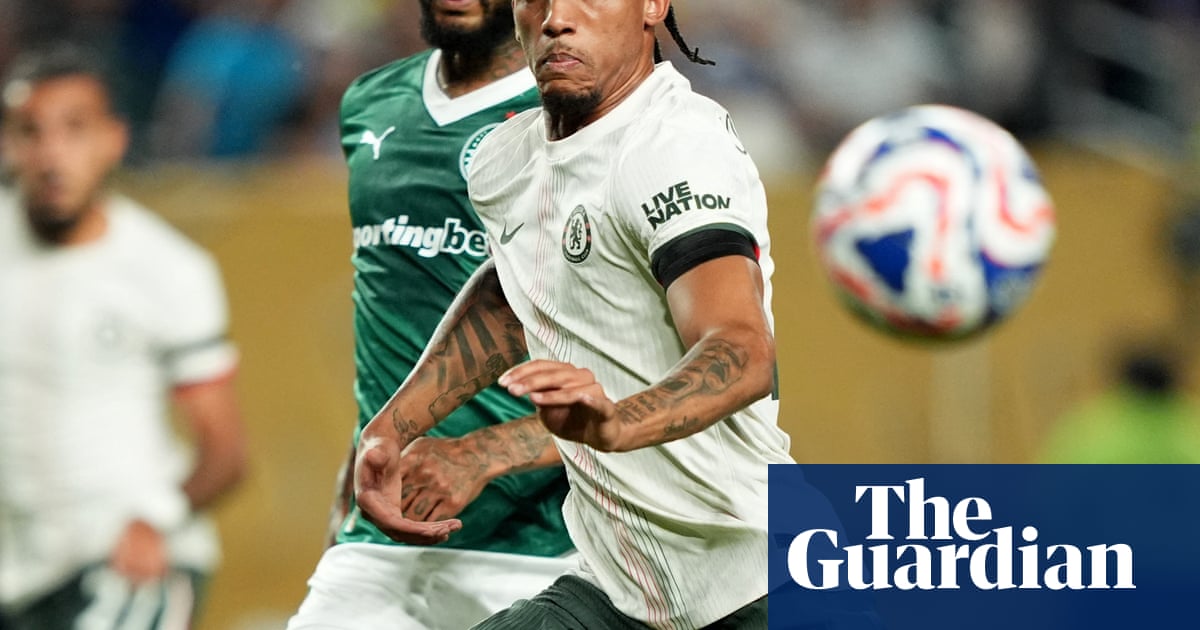Annual NAIDOC round showcases next generation in Physical Disability Rugby League
It's a cliché, but sport really was the winner in the annual Combined Indigenous All Stars versus All Stars Physical Disability Rugby League fixture.While the rules may be different, the action on the field at Redfern Oval on Sunday was every bit recognisable as rugby league.There were length-of-the-field tries, chip-and-chase kicks, and big-hit tackles.The Combined Indigenous All Stars players were hoping to hold the shield for an unprecedented third straight year.Australia will host the Physical Disability Rugby League's second World Cup next year. (ABC News: Geoff Kemp)Bill Bussell is a proud Yorta Yorta and Wiradjuri man who also lives with cerebral palsy."It feels deadly. It makes you feel good about yourself and you make new friends, like we are a big family now," he said.Bill is one of the most respected players in the game with over 100 PDRL appearances to his name.Yorta Yorta and Wiradjuri man Bill Bussell has more than 100 PDRL appearances to his name. (ABC News: Geoff Kemp)Doctors told Bill's mother, Kay, that he would never walk, talk or live past the age of 10.Yet the player affectionately known as "Bunyip" by his teammates recently celebrated his 48th birthday.The phrase "one big family" is used by just about anyone who plays, coaches, or watches the NSWPDRL."It's not just a sport, it's a community and that's what I'm probably most proud about," NSWPDRL founder George Tonna said.Bill Bustle in training for the annual Indigenous vs All Stars Physical Disability Rugby League game. (ABC News: Geoff Kemp)Strength in cultureThe Combined Indigenous All Stars versus PDRL All Stars fixture is a centrepiece of the PDRL season and is played at the start of NAIDOC week.The Indigenous team is made up of Aboriginal and Torres Strait Islander players, as well as Indigenous peoples from New Zealand and the Pacific.Todd Dorward is a Kullilli man living on Dharug country and has been a stalwart of the Indigenous side over the past decade.A prolific artist who is visually impaired and deaf, Todd designed the Indigenous side's jersey worn in the fixture since 2023."It's very special, I can't describe it in words really," he said.Artist Todd Dorward designed the team's jersey for the NAIDOC event. (ABC News: Kris Flanders)Todd said the NAIDOC fixture gave him a chance to practise his culture on and off the field."Smoking ceremonies welcome people to country, and to cleanse ourselves of bad spirits," he said."And it lets the ancestors know that we're conducting formal events."Todd Dorward warms up for the game. (ABC News: Geoff Kemp)Now playing with the Roosters, Todd has played for multiple clubs and represented Australia since he started the sport in 2015.A talented multi-sport athlete, Todd's living room is filled with medals and trophies for football, cricket, and rugby league."I can't see why anything should stop anyone with a disability from playing rugby league or any sport in any manner," he said.Todd Dorward is proud to represent the Roosters and his culture. (ABC News: Geoff Kemp)Rapid growth in the gameGeorge Tonna knows the transformative power of playing rugby league for people living with a physical disability."It's saving lives," he said.A former player let him know the impact the game had on them."He approached me and said, 'Thanks for organising because it saved my life.'" I see the [positive] change in individuals and that's what makes me so humble that I was there at the start and to see the growth is just unbelievable. "As a lifelong South Sydney fan, he wanted to be able to play the game he was passionate about and not just watch from the sidelines.Since first established in 2010, the PDRL has grown from a few mates on a paddock to a four-team league backed by the NRL.George Tonna in a training session for the NAIDOC game. (AB News: Geoff Kemp)Australia has a national PDRL side that has played in international tournaments.The PDRL includes eight of the 10 impairment classifications used at the Paralympics.But where this code differs is that athletes in different classifications all play at the same time."All different disabilities [have to] fit in on the same field," George said."So we came up with the concept of [players wearing] black shorts as tackle and red shorts as touch."Fumbles or dropped balls are counted as a tackle rather than a knock-on, and there are no scrums in this competition.Playing time is shorter with 20-minute halves.Next generationIn 2026, Australia will host the second PDRL World Cup.NSWPDRL is also working with the Gold Coast Titans to develop a State of Origin series featuring NSW and Queensland, which has been a dream since the competition started.George believed the sport's strong community and a well-established competition would set up the next generation of players."I can't play forever, so we need the young fellas to keep the game going for years to come," he said.One of those new faces is Wiradjuri teen Rowen Grooms.Rowen Grooms is a more recent member of the Combined Indigenous All Stars. (ABC News: Geoff Kemp)The 14-year-old lives with 22q11.2 deletion syndrome, which can cause heart abnormalities and developmental delays.Rowen was never really interested in rugby league until he discovered the PDRL.Now he owns a football, which he kicks around with his grandfather, and watches games on television by his side.His grandmother, Denise Grooms, saw his confidence soar."In his first game, the others were all so encouraging and letting him know what to do, and he scored a try," she said."I have to say we are very proud grandparents as we watch him take the field to either train or play." To see him running and throwing a ball with a smile is second to none. "On Sunday, the PDRL All Stars reclaimed the shield — and bragging rights — with a 26–4 victory.For Todd Dorward, the game was about more than just the scoreboard."It's all about feeling proud of who you are and where you come from, and being with your people and culture," he said.




.jpg)






